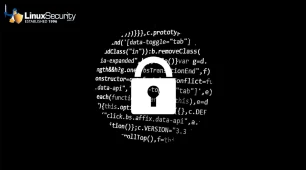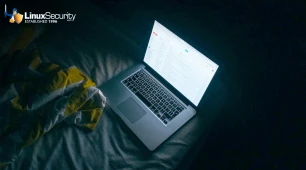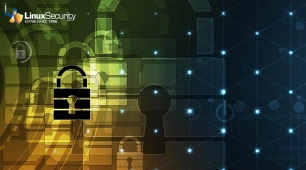
Recent research on Samba Active Directory (AD) implementations has revealed a critical vulnerability that allows attackers to gain elevated privileges and seize control of entire domains. Dubbed CVE-2023-3961, this flaw affects Samba versions 4.13.0 and later configured as AD Domain Controllers, earning it a CVSS v3 score of 7.5 as it represents an imminent danger for administrators responsible for these environments. Admins must take immediate measures to protect themselves and secure their AD environments against further exploitation by malicious actors.
This article will guide you through the urgent steps necessary for applying the required patches and monitoring administrator accounts. I'll also offer long-term strategies for enforcing security principles, conducting regular audits, and implementing robust access controls. Let's begin by understanding how this Samba flaw works.
Understanding How This Vulnerability Works
 This vulnerability lies in how Samba manages access controls for newly created objects within Active Directory. A delegated administrator with permission to create objects can write all attributes about said new object - including security-sensitive ones - regardless of their security configuration settings.
This vulnerability lies in how Samba manages access controls for newly created objects within Active Directory. A delegated administrator with permission to create objects can write all attributes about said new object - including security-sensitive ones - regardless of their security configuration settings.
As soon as a new object is created, its administrator is recognized as its creator-owner due to a lack of Access Control Lists (ACLs) at creation time. As a result, they retain extensive rights over their subsequent stewardship, leading to unintended privilege escalation or potentially even modification by malicious actors who could use this design flaw to modify sensitive attributes and raise their privileges within a domain. Security researchers at Red Hat observed that this design flaw could enable unauthorized users to have extensive rights over an object after its creation. Security researchers noted this design flaw as allowing malicious actors access rights to modify sensitive attributes in a given object's context.
At its worst, an attacker could exploit these excessive permissions to gain control of an entire Active Directory infrastructure and pose significant security threats to organizations.
Examining the Impact of This Flaw
John Smith of InfoSec Partners emphasizes the severity of this flaw by noting that it gives delegated admins far more power than intended. Once an attacker gains access to your domain and escalates their privileges, they could take unwarranted actions such as adding or removing users, changing policies, or even shutting down an entire network.
Though this vulnerability has grave consequences, it's essential to note that it only impacts Samba when used as an Active Directory Domain Controller. Samba file server installations and domain member servers remain unaffected. Furthermore, major Linux distributions that do not ship Samba with AD Domain Controller capabilities - like Red Hat Enterprise Linux - remain immune from it.
Who Is at Risk?
Organizations using Samba AD in production environments are particularly at risk from this vulnerability. These include small businesses that depend on Samba for network resource management and larger enterprises with more complex IT systems. Because the potential impact is so great, affected organizations must act swiftly to safeguard their systems from further risk.
Practical Mitigation Advice for Administrators
 Administrators looking to reduce risks and maintain the security of Samba Active Directory environments should take immediate and long-term actions to protect them. Applying patches—available as versions 4.18.3, 4.17.9, and 4.16.113—to address a known vulnerability is paramount. Monitoring delegated administrator accounts closely so access restrictions remain at an appropriate level is also crucial if patching cannot be immediately implemented.
Administrators looking to reduce risks and maintain the security of Samba Active Directory environments should take immediate and long-term actions to protect them. Applying patches—available as versions 4.18.3, 4.17.9, and 4.16.113—to address a known vulnerability is paramount. Monitoring delegated administrator accounts closely so access restrictions remain at an appropriate level is also crucial if patching cannot be immediately implemented.
Long-term strategies should follow the principle of least privilege to ensure users only possess access necessary for their roles, thus decreasing any risks of privilege escalation. Conducting regular audits of Active Directory permissions is recommended to detect and eliminate any overly permissive configurations as part of an effort to maintain a secure environment. Ensuring appropriate security hygiene is paramount, including timely patching of all software and systems to address known vulnerabilities. Furthermore, setting up comprehensive access controls to limit access to only authorized individuals is significant in safeguarding sensitive data and critical systems. Security audits should also be undertaken regularly to identify and address potential weaknesses before they can be exploited.
Our Final Thoughts on Addressing This Critical Threat
CVE-2023-3961 highlights the difficulties of managing IT security infrastructures. Patching can help address such vulnerabilities quickly and strategically. Organizations should take immediate steps to secure their systems by regularly auditing environments, monitoring user activities closely, and following best practices for access control. In doing so, they can protect networks from potential compromise and ensure continuity and protection of critical operations.
Are you impacted by this Samba bug? Have you patched your systems? Reach out to us @lnxsec and let us know!


















